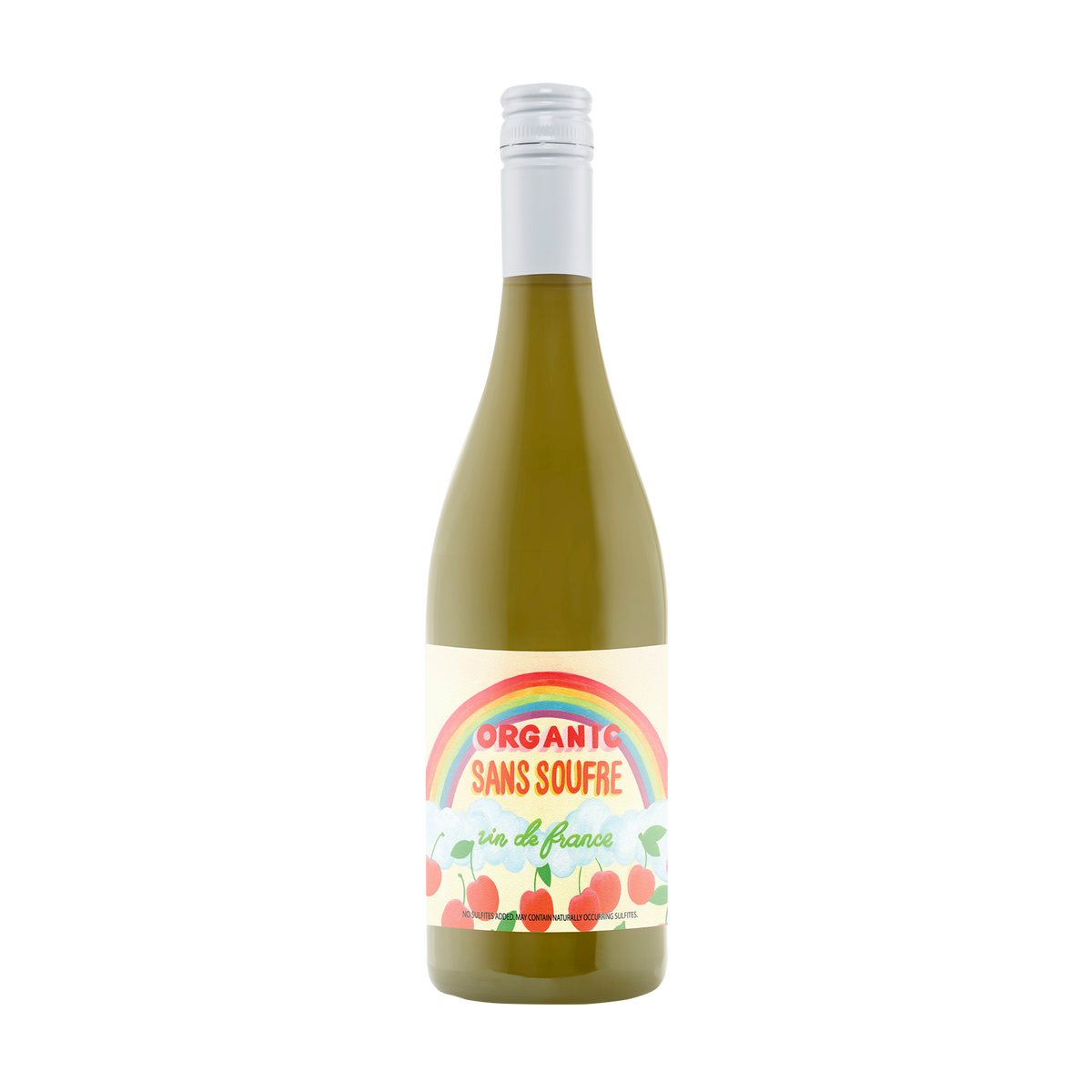2021 Cherries & Rainbows® Red Blend
Item cannot ship to your state
2020 Cherries & Rainbows® White Wine
Item cannot ship to your state


